Review for Das Testament Des Dr. Mabuse (Blu-ray & DVD Steelbook)
For those who bought the Eureka Fritz Lang box set (like me) in 2009, and then double-dipped for the complete Mabuse (including the 60’s reincarnation), you may wonder if a triple-dip for the Masters of Cinema Blu-Ray edition is worth it. Well, if picture quality improvement is the driver then …yes. This looks great. Really great clarity and depth with a rich contrast and detail that makes it come alive with amazing vitality despite it heralding from 1933, some eighty years ago.
However, if it’s extras you’re thirsting for then the answer may be a no. The commentary here (which is excellent) is exactly the same as on those previous releases. The only extra apart from that is a rather good booklet which includes a series of articles and commentaries, including interviews with Lang and reviews from the 1930’s.
For those new to the film then it may be worth familiarising yourself with the ‘Mabuse’ phenomenon with Lang’s silent masterpiece ‘Dr. Mabuse – The Gambler’ from a decade earlier, or possibly with ‘M’, another early talkie from Lang made just a year before this. Both inform the narrative of this, though it’s not necessary to have seen either.
Das Testament des Dr. Mabuse gets off to a flying start, interjecting a narrative that appears to be in full swing, as though you were happening upon a serial a few episodes in. A man is trapped inside a cellar. He holds a gun and is petrified of the building’s occupants. He hides behind a cabinet but is seen though ignored. As he tries to escape from the building he narrowly misses being killed, first by a falling pot thrown on him from an upstairs window and then from an exploding barrel. Five minutes in and it already has us on the edge of our seats, a lesson not lost on film-makers for years afterwards (a classic ‘Bond’ opening in some respects for example).
Lang also plays with sound – a relatively new addition to film – by introducing not just dialogue but unsettling industrial noises in these opening scenes, rather like Lynch would do in his early films fifty years later.
The man pleads with an Inspector Lohman to protect him though he is shot during a last desperate call, leaving a mystery for Lohman to solve. We are introduced to a world not merely of crime, but of absolute diabolical terror – possibly as a result of the scribbled rants of an insane inmate at a local asylum, the evil Dr. Mabuse. In common with the dark shadow that Mabuse infused in the first film, again Lang is successful in threading the very real criminality of the period with a rising, paranoid terror, as if a dark cloak were about to descend on Germany.
That intent was not lost on Goebells, one of Hitler’s rising stars, who may have been a fan of Lang’s but saw through the thinly veiled critique. Lang was half-Jewish too and recognised that the writing was firmly on the wall.
“Goebbels of course banned the film on the 29th of March,
1933, and above all, private screenings. But, in my opinion, he
had an astonishingly sophisticated vision. There was nothing
unpleasant in this intrigue, he said, it is simply in need of a
Führer who challenged Dr. Mabuse in the end, and who would
save the world from those who would destroy and pervert the
true ideal of real values. Goebbels told me elsewhere that
years earlier Hitler and he saw Metropolis in a small village,
and that Hitler wanted me to make Nazi films.”
Fritz Lang, 1965
Film historians have also suggested that Mabuse’s evil scribblings may well have been intended as a dark parallel to Hitler’s equally poisonous ‘Mein Kampf’ though they shouldn’t forget that Mabuse was up to these dark tricks a decade earlier. Whatever the case, Lang certainly persuaded anyone who would listen, after he escaped from Germany and continued his film-making in France and the US, that it was indeed intended as a critique of the Third Reich and everything they stood for.
Putting that debate aside, and indeed the historic context of the making of the film, it remains an incredibly fresh and inventive concoction, even viewed through today’s jaded eyes.
Extras on the disc are scant but what is here is of the highest quality. David Kalat’s well-informed and eloquently delivered commentary was well worth a second visit – a benchmark of what commentaries could and should be. The only slight disappointment is that it is the same as on previous releases, though this in no way suggests that it is anything other than excellent. I didn’t know, for example, that there was a French version of the film, filmed in downtime with French actors using the same sets, costumes and props with only one or two from the German version doing double-shifts (Mabuse who says very little and the ‘desperate man’ who spoke perfect French as well as German).
Also included is a 52 page booklet (I was sent a PDF) which I assume will be provided in printed form. It’s a great addition with a variety of content making it very readable without ever over-intellectualising the film. There are two articles from Lotte H Eisner, production notes from Lang’s cinematographer Fritz Arno Wagner, an essay from Michael Chion's about the film’s pioneering audio and some interviews with Lang himself.
As said, the image quality is absolutely brilliant – better than we deserve to expect of a film this old. All in all, thoroughly recommended for both existing fans of the film and newcomers.
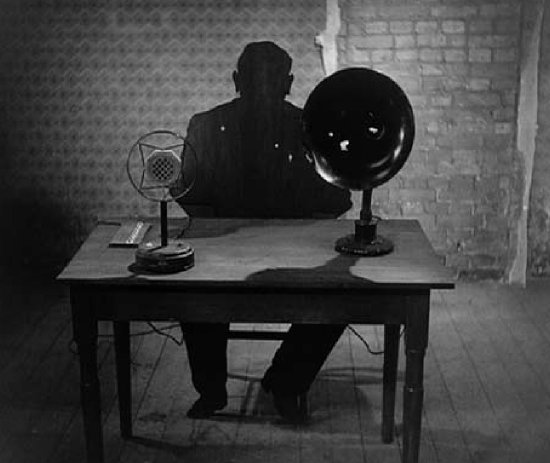
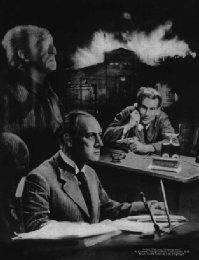
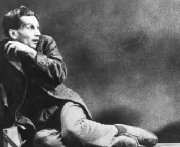
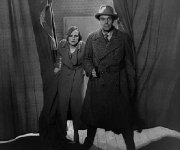
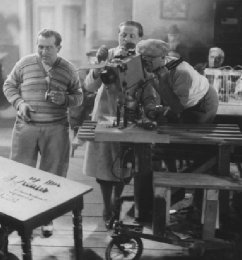
Your Opinions and Comments
Be the first to post a comment!